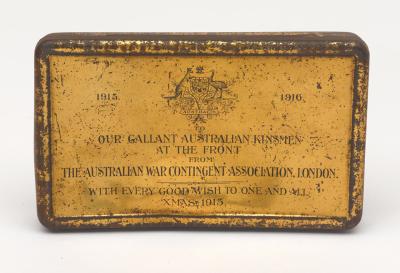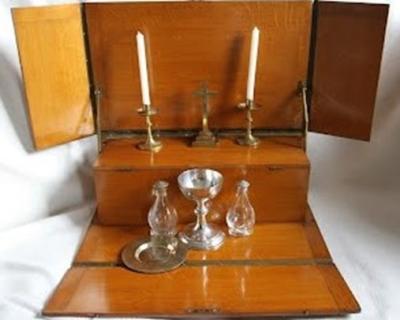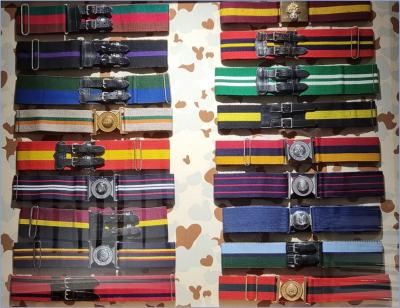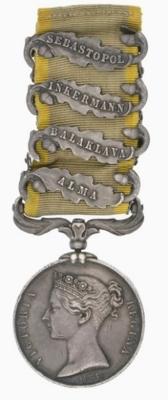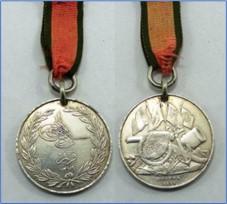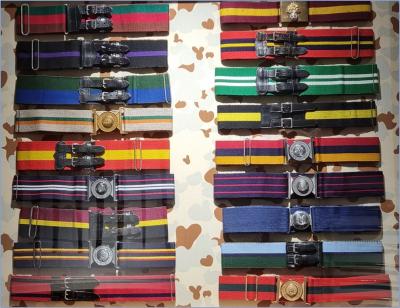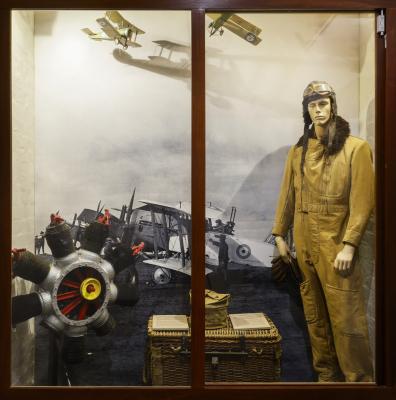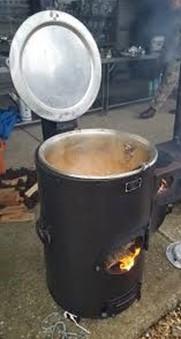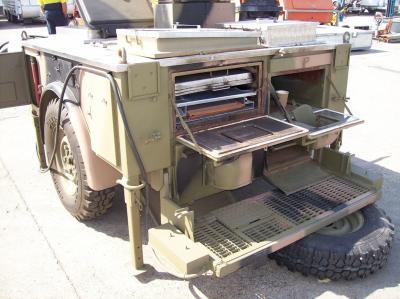World War 1 Memorial Plaque - "Dead Man's Penny"
The 1914-1918 Memorial Plaque is a 120mm diameter bronze commemorative medallion which was presented to the next-of-kin of the men and women who died during World War One. The bronze medallion features an image of Lady Britannia surrounded by two dolphins (representing Britain’s sea power) and a lion (representing Britain) standing over a defeated eagle (symbolising Germany). Around the outer edge of the medallion are the words ‘He died for freedom and honour’ The shape and appearance of the plaque earned it nicknames such as the "Dead Man's Penny", the "Death Penny", and the "Widow's Penny".
In early 1920 it was announced that the next-of-kin of all Australian servicemen and women whose deaths were attributable to the First World War would receive a memorial plaque and scroll "as a solace for bereavement and as a memento".
The memorial plaques were not uniquely Australian. In fact they were designed and produced in Britain and issued to commemorate all those who died as a result of war service from within the British Commonwealth.
The idea for the plaques was originally conceived mid-way through the war. In 1917 a competition was announced to obtain a suitable design and 800 entries were eventually received. The winner, Mr. E. Carter Preston of Liverpool, England, was chosen in 1918. He was awarded a prize of 250 pounds.
Mr Manning Pike directed the manufacture of the memorial plaques at the Memorial Plaque Factory set up at Acton, London. Some later plaques were also made at the Woolwich Arsenal.
The first plaques were distributed in Australia in 1922. Each plaque was sent out from Base Records Office at Victoria Barracks in Melbourne by second-class mail. Approximately 60,000 plaques were issued in Australia.
Families of deceased members of the Royal Australian Navy and the Australian Army Nursing Service also received plaques and scrolls.
Details
Details
Each plaque had the name of the soldier commemorated individually embossed (some were engraved) as part of the design. The full name was given without any indication of rank or honours to show the equality of sacrifice of all those who had lost their lives. There are three versions of the plaque associated with the decision to include the nursing services within the eligibility.
The Plaque was accompanied by a letter from King George V, stating ‘I join with my grateful people in sending you this memorial of a brave life given for others in the Great War’.
See Media Image #5 for a list and links to the service honoured in individual Memorial Plaques in the Australian Army Museum of Western Australia collection..
The Australian Army Museum of WA has 68 Memorial Plaques in its care. The plaques are rotated periodically through the Memorial Vestibule which serves as an area of quiet contemplation within the Museum. Plaques are also displayed in the Medals cabinets in the Traditions Gallery. Plaques not currently on display are identified, archivally stored and are accessible and viewable with prior notice.
Australian Army Museum of Western Australia
Australian Army Museum of Western Australia
Other items from Australian Army Museum of Western Australia
- Australian War Contingent Association Gift Tin - 1915
- World War 1, Medal Group including US Distinguished Service Cross, PADGETT, 44 Battalion
- Portable Altar and Communion Set Presented to Canon Robert Henry MOORE, Rural Priest and Australian Imperial Force Chaplain
- Uniform Accoutrements - Regimental and Corps Stable Belts
- British Crimean War Medal
- Turkish Crimean War Medal
- Regimental and Corps Stable Belts
- World War 1, Mannequin Display, SIDCOT Pattern Flying Suit
- Soyer Portable Army Catering Stove
- Wiles Mobile Junior Steam Cooker World War 2
- Motorised Submersible Canoe "Sleeping Beauty"
- Kitchen Field Mobile (KFM)
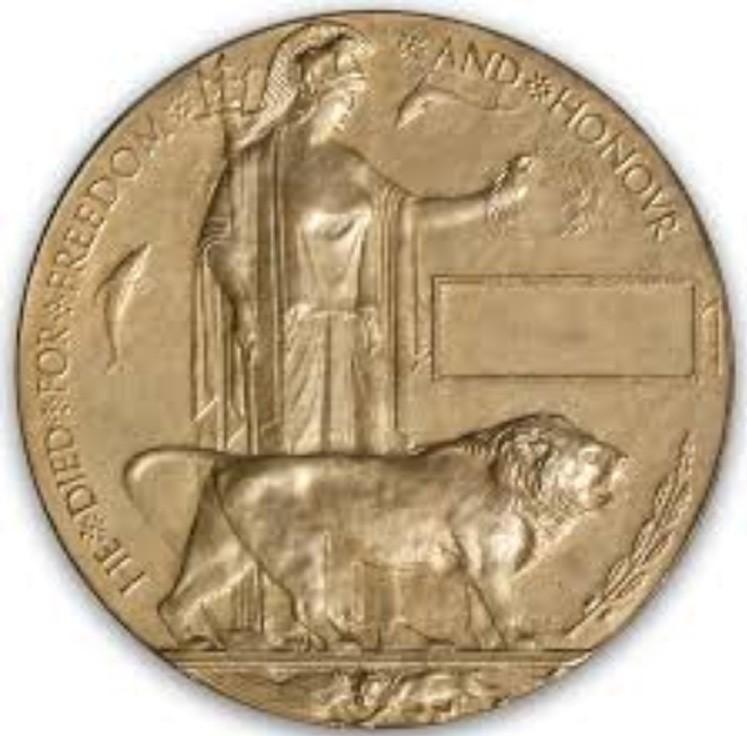

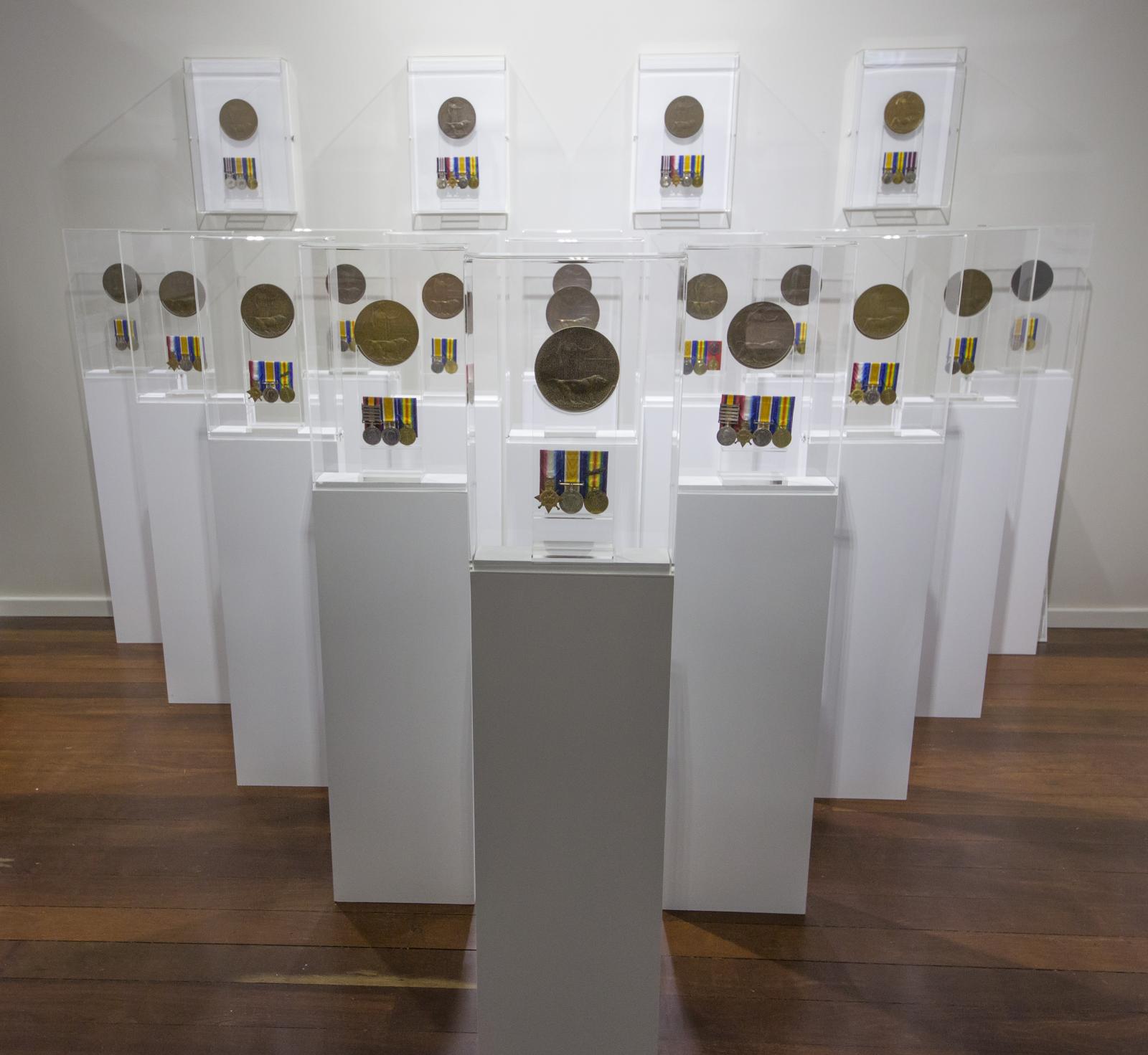
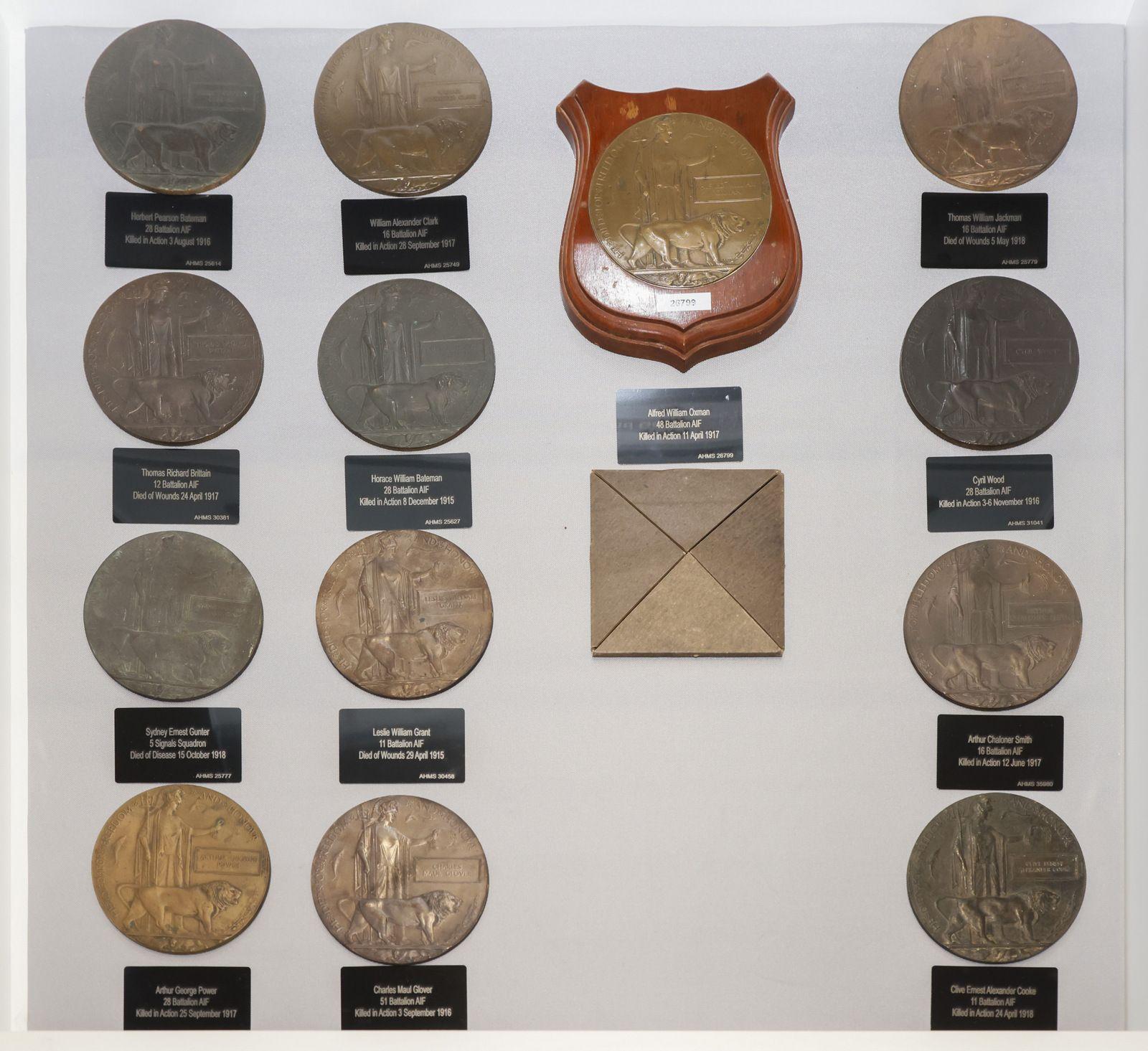
Scan this QR code to open this page on your phone ->

